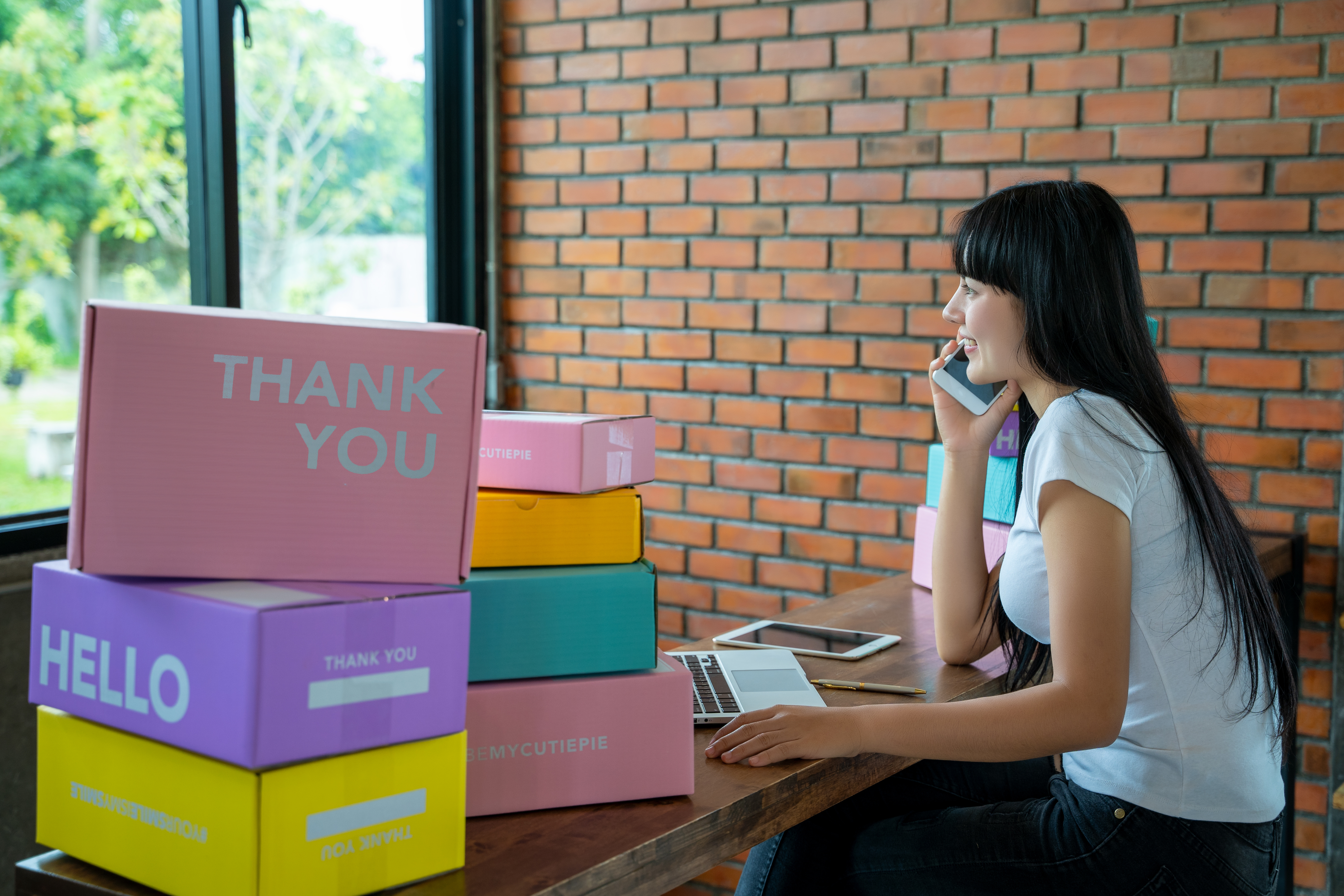
The e-commerce industry continues its rapid growth trajectory, with online sales projected to account for nearly 20% of total global retail in 2024. But this boom comes with a challenge: the escalating costs of packaging and shipping online orders.
As we move through 2024, ecommerce brands are facing a perfect storm of factors driving up their packaging expenses:
Rising raw material prices: The costs of key packaging materials like corrugated cardboard, plastic, and paper have surged due to increased demand. Corrugated prices alone jumped 9% from 2022 to 2023.
Labor shortages and wage growth: Finding and retaining warehouse workers has become increasingly difficult and expensive. Hourly earnings in the warehousing sector rose 6.3% year over year in 2023.
Elevated transportation costs: Higher fuel prices, driver shortages, and general freight rate inflation are making getting packages to customers’ doorsteps pricier. Domestic parcel shipping rates increased by an average of 5.9% in 2024.
Sustainability pressures: Consumers demand more eco-friendly packaging options, but sustainable materials can come at a premium. A 2024 Shopify survey found that 72% of consumers are willing to pay more for sustainable packaging.
So in this challenging cost environment, how can ecommerce brands optimize their packaging strategies to maintain profitability? Here are some key tactics to consider:
- Right-size packages to minimize waste and dimensional weight costs
Oversized boxes with excess void fill are a major culprit in inflated packaging and shipping costs. By using custom box sizes that fit products snugly, you can reduce material usage and qualify for better dimensional weight (DIM) pricing with carriers.
- Embrace sustainable materials that balance performance and cost
Seek out packaging made from recycled content, biodegradable materials, or innovative fiber-based solutions. Work closely with packaging suppliers to identify eco-friendly options that provide necessary protection without breaking the bank.
- Automate fulfillment to reduce labor and speed up packing
Investing in carton erectors, void fill dispensers, and other automated packaging equipment can help reduce labor costs and improve throughput. These efficiencies can offset higher material costs.
- Rethink your offerings to optimize the unboxing experience
Streamline your product and packaging assortment to control costs. Rather than expensive extras, create a memorable unboxing experience through creative package design.
- Partner with packaging experts to engineer cost-effective solutions
Packaging consultants and suppliers can provide valuable insights into material selection, structural design, and process efficiency to help keep costs down. Look for partners with experience in your product category.
The bottom line is that e-commerce packaging costs will likely remain elevated for the foreseeable future. However, online brands can effectively navigate this challenging environment by taking a strategic approach that prioritizes efficiency, sustainability, and the customer experience
Need help engineering packaging that wows customers without blowing your budget? Contact the packaging experts at JohnsByrne to learn how innovation, creativity, and budget can coexist.
Related Posts
In the competitive beauty and personal care world, subscription boxes have carved out a powerful niche. Whether it’s monthly skincare samples, curated makeup collections or … Designing Subscription Box Packaging for Beauty Boxes: Discovery and Delight
Photo Credits: Sienna Naturals Direct to consumer packaging, or e-commerce packaging, goes through a very different journey than the packaging on retail shelves. For one, direct-to-consumer … Art of Direct to Consumer or Ecommerce Packaging
As more brands opt for e-commerce, it’s critical that packaging is adapted to be efficient and deliver a high-quality product to consumers’ doorsteps. According to … Increasing the Efficiency of Your DTC Packaging – Tips from Our Packaging Experts
